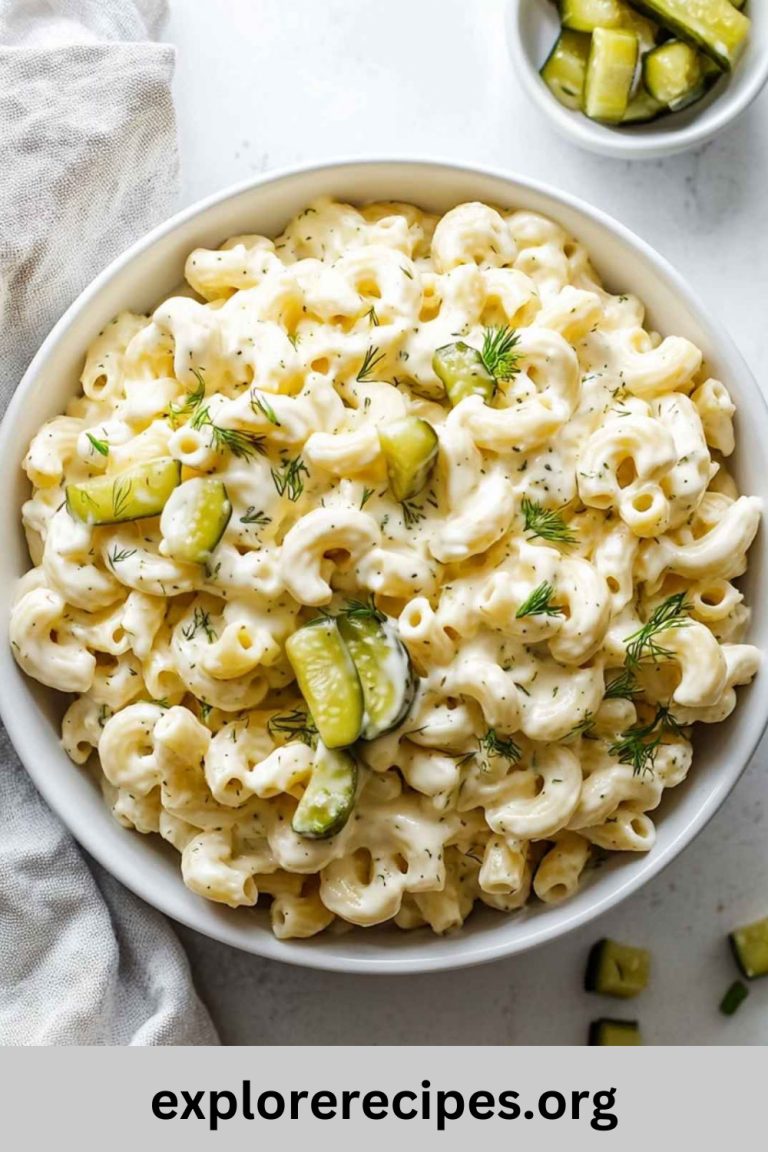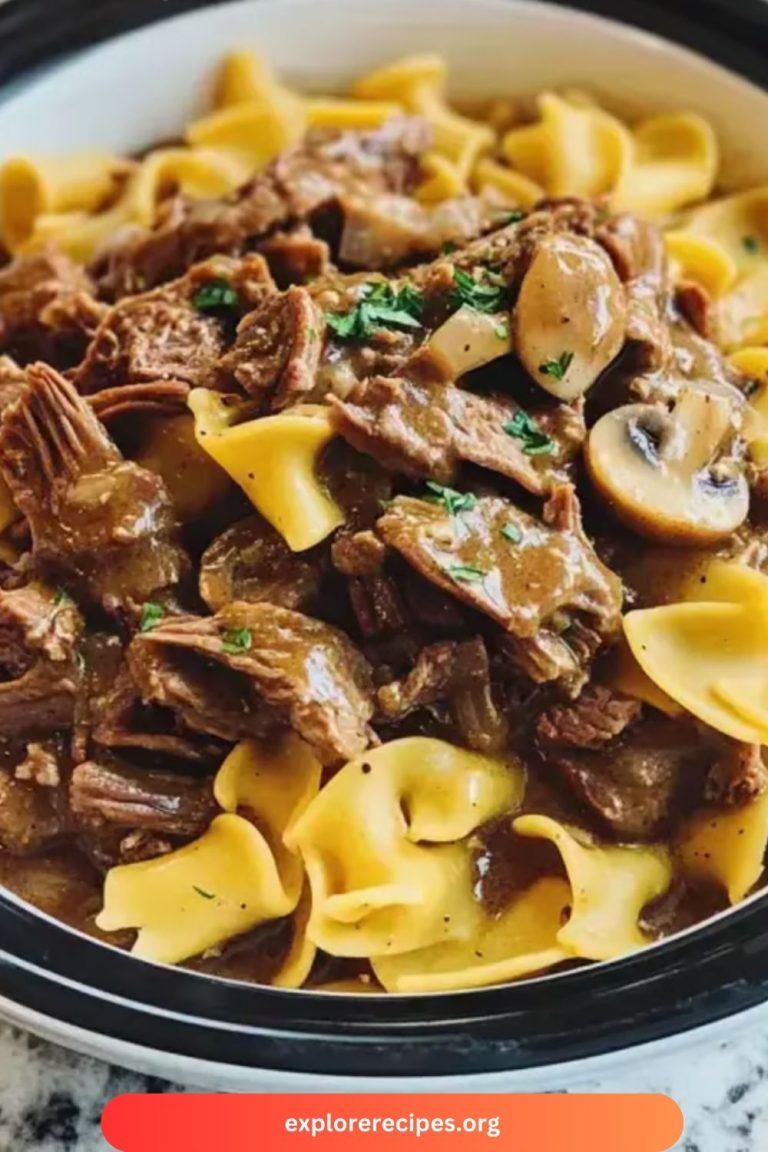Winter Caesar Salad: A Crisp and Cozy Twist on the Classic
When the cold weather sets in, it’s easy to assume that fresh salads are a dish reserved for the summer months. However, winter brings a whole new opportunity to reimagine classic dishes, and one of the best examples of this is the Winter Caesar Salad. This recipe takes the traditional Caesar salad and gives it a seasonal twist, making it perfect for chilly days when you crave something crisp and comforting.
Combining the creamy tang of Caesar dressing, the crunch of fresh greens, and the addition of hearty winter vegetables and flavors, this version of the classic salad is both satisfying and nourishing. Whether you serve it as a light lunch, a hearty side dish, or a complete dinner, the Winter Caesar Salad offers a fresh take on the salad that can be enjoyed all year round.
The Classic Caesar Salad: A Quick Overview
Before diving into the winter version, it’s worth exploring the history of the classic Caesar salad. This iconic dish was invented by Caesar Cardini, an Italian-American restaurateur, in the 1920s. Originally created in Tijuana, Mexico, the Caesar salad has become a mainstay on menus worldwide.This Winter Caesar Salad transforms the classic into a hearty, cold-weather dish. What makes it special is the combination of robust winter greens – kale and brussels sprouts – with warm, spice-roasted butternut squash. The traditional caesar gets a healthy twist with a greek yogurt-based dressing that’s just as creamy and flavorful as the original. The dijon-coated sourdough croutons add a gourmet touch and extra crunch, while the roasted butternut squash brings a sweet, caramelized element that makes this salad particularly satisfying for cooler months. It’s a perfect balance of textures and flavors that turns a simple salad into a filling main course.
The traditional Caesar salad is known for its crisp romaine lettuce, croutons, and Caesar dressing made with ingredients like garlic, anchovies, egg yolks, Parmesan cheese, and lemon juice. It’s a simple yet incredibly flavorful dish that has stood the test of time.
However, as we move into the colder months, there are opportunities to enhance the Caesar salad by incorporating seasonal ingredients that offer both warmth and texture. This is where the Winter Caesar Salad comes into play.

Why Make a Winter Caesar Salad?
Winter is the time to embrace heartier, more substantial ingredients, while still enjoying the refreshing crunch and vibrant flavors that make a salad so appealing. The Winter Caesar Salad introduces winter vegetables like roasted Brussels sprouts, butternut squash, and kale – all of which add flavor and nutrition to the dish.
These vegetables not only make the salad more filling, but they also bring a comforting, earthy richness to balance the traditional sharpness of the Caesar dressing. Additionally, warm roasted vegetables can provide a cozy touch that makes the salad feel hearty enough to enjoy as a main dish during the colder months.
By swapping out some of the summer elements for those with a winter appeal, the Winter Caesar Salad becomes a dish that perfectly complements the season’s offerings.
Key Ingredients for a Winter Caesar Salad
To make a true Winter Caesar Salad, it’s important to incorporate the right ingredients. These include a mix of traditional Caesar elements and seasonal ingredients that highlight the best flavors of winter.
1. Romaine Lettuce: The foundation of any Caesar salad, romaine provides the crisp texture that makes the dish refreshing, even when combined with hearty winter vegetables.
2. Kale: A robust winter green, kale adds a deep green color and a chewy texture that pairs wonderfully with the richness of the Caesar dressing. It’s a great winter addition that complements romaine and adds nutritional value.
3. Roasted Brussels Sprouts: Brussels sprouts are a true winter vegetable that adds both crunch and richness. Roasting them enhances their flavor and creates a caramelized outer layer that adds complexity to the salad.
4. Butternut Squash: Roasted cubes of butternut squash introduce a subtle sweetness that contrasts beautifully with the sharp flavors of the Caesar dressing.
5. Croutons: No Caesar salad is complete without croutons. In the Winter Caesar Salad, you can make croutons from hearty, rustic bread for a more comforting twist.
6. Caesar Dressing: This is the heart of the Caesar salad. The dressing combines garlic, anchovies, lemon juice, Dijon mustard, and Parmesan cheese, creating a creamy and tangy mixture that ties all the ingredients together.
7. Parmesan Cheese: Shaved or grated Parmesan cheese is the finishing touch for the Winter Caesar Salad, adding saltiness and umami that enhance the other flavors.
8. Toasted Nuts or Seeds (optional): For added crunch and depth, you can top your salad with toasted walnuts, pecans, or pumpkin seeds.
9. Lemon Zest: A sprinkle of lemon zest can provide a fresh pop of citrus flavor that elevates the richness of the dressing and the roasted vegetables.
How to Make Winter Caesar Salad
The process of making a Winter Caesar Salad is straightforward, but it requires a little extra time to roast the vegetables to perfection. Here’s how you can prepare it:
Ingredients:
- 4 cups of romaine lettuce, chopped
- 2 cups of kale, stemmed and torn into bite-sized pieces
- 1 cup of roasted Brussels sprouts (cut in half)
- 1 cup of roasted butternut squash (cubed)
- 1 cup of homemade or store-bought croutons
- ½ cup of shaved Parmesan cheese
- ½ cup of Caesar dressing (either homemade or store-bought)
- 1 tablespoon of olive oil
- Salt and pepper to taste
- 1 tablespoon of toasted walnuts or pecans (optional)
- Lemon zest (for garnish)
For the Homemade Caesar Dressing (optional):
- 2 tablespoons olive oil
- 2 cloves garlic, minced
- 1 tablespoon Dijon mustard
- 1 tablespoon lemon juice
- 1 tablespoon anchovy paste
- 1 egg yolk (or egg substitute for a vegan version)
- ½ cup Parmesan cheese, grated
- Salt and freshly ground pepper to taste
Instructions:
- Roast the Vegetables: Preheat your oven to 400°F (200°C). On a baking sheet, toss the Brussels sprouts and butternut squash with olive oil, salt, and pepper. Roast for 25-30 minutes, or until the Brussels sprouts are golden brown and crispy on the edges, and the squash is tender and caramelized.
- Prepare the Greens: While the vegetables are roasting, chop the romaine lettuce and prepare the kale. To remove the tough stems from the kale, simply hold the stem with one hand and strip the leaves off with the other. Tear the leaves into bite-sized pieces.
- Make the Dressing: In a small bowl, whisk together the garlic, Dijon mustard, lemon juice, anchovy paste, egg yolk, and Parmesan cheese. Gradually whisk in the olive oil until the dressing is smooth and creamy. Season with salt and pepper to taste.
- Assemble the Salad: Once the roasted Brussels sprouts and butternut squash are done, allow them to cool slightly before adding them to a large mixing bowl with the chopped greens. Add the croutons and toss everything gently with the Caesar dressing.
- Garnish and Serve: Top the salad with shaved Parmesan, toasted nuts or seeds (if using), and a sprinkle of lemon zest. Serve immediately, enjoying the warmth from the roasted vegetables and the freshness from the greens.
Variations of the Winter Caesar Salad
While the recipe above offers a great base for a Winter Caesar Salad, there are plenty of variations you can try depending on your preferences.
- Add Protein: For a more substantial meal, consider adding grilled chicken, roasted turkey breast, or even crispy bacon to your salad.
- Vegan Option: Make this salad vegan by using a dairy-free Caesar dressing and swapping Parmesan for a plant-based alternative.
- Additional Vegetables: You can add roasted beets, carrots, or even sweet potatoes to enhance the flavors and nutritional content of your salad.
Health Benefits of Winter Caesar Salad
The Winter Caesar Salad isn’t just tasty – it’s also packed with nutrients that can boost your health during the colder months:
- Rich in Fiber: The greens, such as romaine lettuce and kale, are high in fiber, which aids in digestion and keeps you feeling fuller for longer.
- Packed with Vitamins: Kale and butternut squash are excellent sources of vitamins A, C, and K, essential for maintaining healthy skin, eyes, and immune function.
- Heart-Healthy: Olive oil and nuts provide healthy fats that support heart health, while the roasted vegetables are full of antioxidants that help reduce inflammation.
Why You Should Try Winter Caesar Salad
The Winter Caesar Salad is the perfect way to enjoy the flavors of a classic Caesar salad while embracing the season’s bounty. With the addition of roasted vegetables and nutrient-dense greens, this dish is as satisfying as it is delicious. Whether you serve it as a side or a main course, it’s a versatile and heartwarming option that everyone will enjoy.
Final Thoughts
This Winter Caesar Salad is the perfect way to enjoy a classic with a seasonal twist. The combination of roasted vegetables, hearty greens, and creamy dressing will leave you feeling nourished and satisfied. Whether you’re preparing a family dinner or entertaining guests, this salad is sure to be a hit at your table.







